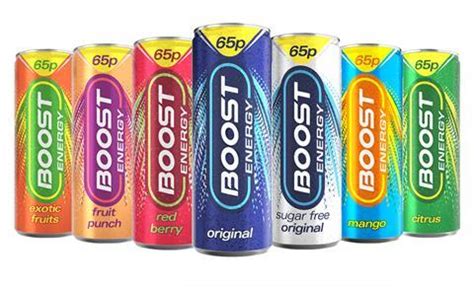How to optimize recovery methods for sustained peak performance and rapid muscle growth?

The Underrated Pillar: Why Recovery is as Crucial as Training
In the relentless pursuit of peak physical performance and significant muscle gains, many athletes and fitness enthusiasts hyper-focus on training intensity and volume, often overlooking one of the most critical components: recovery. While pushing your limits in the gym is essential for stimulating adaptation, true progress, injury prevention, and sustained excellence are forged outside of it. Optimizing your recovery methods isn’t just about feeling better; it’s the strategic key to unlocking superior performance, accelerating muscle growth, and maintaining long-term health in your fitness journey.

Mastering the Fundamentals: Sleep and Nutrition
The Power of Sleep
Undoubtedly, sleep is the single most potent recovery tool at your disposal. During deep sleep cycles, your body repairs muscle tissue, synthesizes protein, releases growth hormone, and consolidates energy stores. Aim for 7-9 hours of high-quality sleep nightly. Establish a consistent sleep schedule, create a dark, cool, and quiet sleep environment, and minimize screen time before bed to optimize your body’s natural restorative processes.
Fueling for Repair and Growth
What you consume post-workout and throughout the day directly impacts your body’s ability to recover and rebuild. Prioritize a balanced intake of:
- Protein: Essential for muscle protein synthesis and repair. Aim for 1.6-2.2g per kg of body weight daily, spread across meals.
- Complex Carbohydrates: Replenish glycogen stores, which are depleted during intense training, providing energy for subsequent workouts.
- Healthy Fats: Support hormone production and reduce inflammation.
- Hydration: Crucial for nutrient transport, temperature regulation, and joint lubrication. Dehydration significantly impairs recovery and performance.
- Micronutrients: Vitamins and minerals play vital roles in countless recovery processes. Focus on a diverse diet rich in fruits, vegetables, and whole foods.

Active vs. Passive Recovery Techniques
Active Recovery: Keep Moving Smartly
Active recovery involves low-intensity exercise that increases blood flow without causing further muscle damage. This helps flush out metabolic waste products, reduce muscle soreness (DOMS), and maintain mobility. Examples include:
- Light cardio (walking, cycling)
- Foam rolling and self-myofascial release
- Dynamic stretching and mobility drills
- Yoga or Pilates
Incorporate 15-30 minutes of active recovery on rest days or after intense sessions.
Passive Recovery: Therapeutic Modalities
These techniques require no physical exertion and focus on direct physiological benefits:
- Massage Therapy: Reduces muscle tension, improves circulation, and aids in tissue repair.
- Contrast Therapy (Hot/Cold): Alternating between hot and cold water can enhance blood flow and reduce inflammation.
- Cryotherapy/Ice Baths: Can reduce inflammation and muscle soreness, though research on its long-term benefits for muscle growth is mixed.
- Heat Therapy: Promotes relaxation and increases blood flow to specific areas.

Beyond the Physical: The Mental and Emotional Aspect
Stress, whether physical or psychological, elevates cortisol levels, which can hinder recovery and muscle growth. Incorporating stress-management techniques is paramount:
- Mindfulness and meditation
- Deep breathing exercises
- Spending time in nature
- Engaging in hobbies that promote relaxation
A calm mind contributes significantly to a body that recovers efficiently.

Periodizing Recovery and Listening to Your Body
Just as you periodize your training, consider periodizing your recovery. More intense training blocks may require more dedicated recovery strategies. Furthermore, no single recovery protocol works for everyone. Pay close attention to your body’s signals: persistent fatigue, decreased performance, elevated resting heart rate, and mood disturbances are all indicators that you might be under-recovering. Tools like heart rate variability (HRV) monitoring can also provide objective insights into your recovery status.

Conclusion: The Holistic Approach to Sustained Success
Optimizing recovery methods is not a passive activity but an active, integral part of your training regimen. By strategically prioritizing quality sleep, meticulous nutrition, active and passive recovery techniques, and effective stress management, you create an environment where your body can not only repair and rebuild but also adapt and grow stronger. Embrace recovery as a powerful training tool, and you’ll unlock sustained peak performance and rapid muscle growth, transforming your fitness potential.








